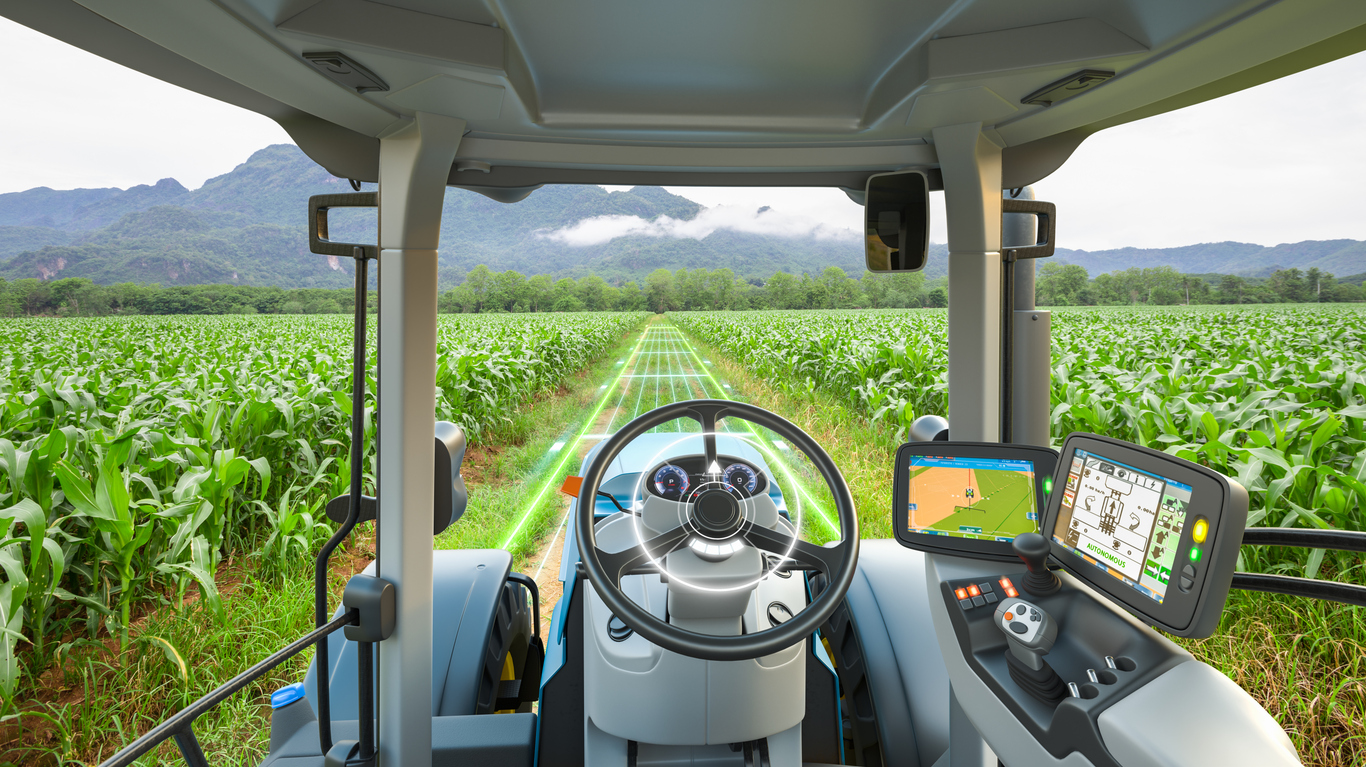
GPS and GIS Technology in Agriculture
Students will explore technical careers in agriculture and learn how GPS and GIS technologies are used to improve agricultural production.

Students will explore technical careers in agriculture and learn how GPS and GIS technologies are used to improve agricultural production.

In this lesson, students will complete monohybrid and dihybrid Punnett squares in preparation for taking on a challenge to breed cotton plants that produce naturally blue colored cotton.
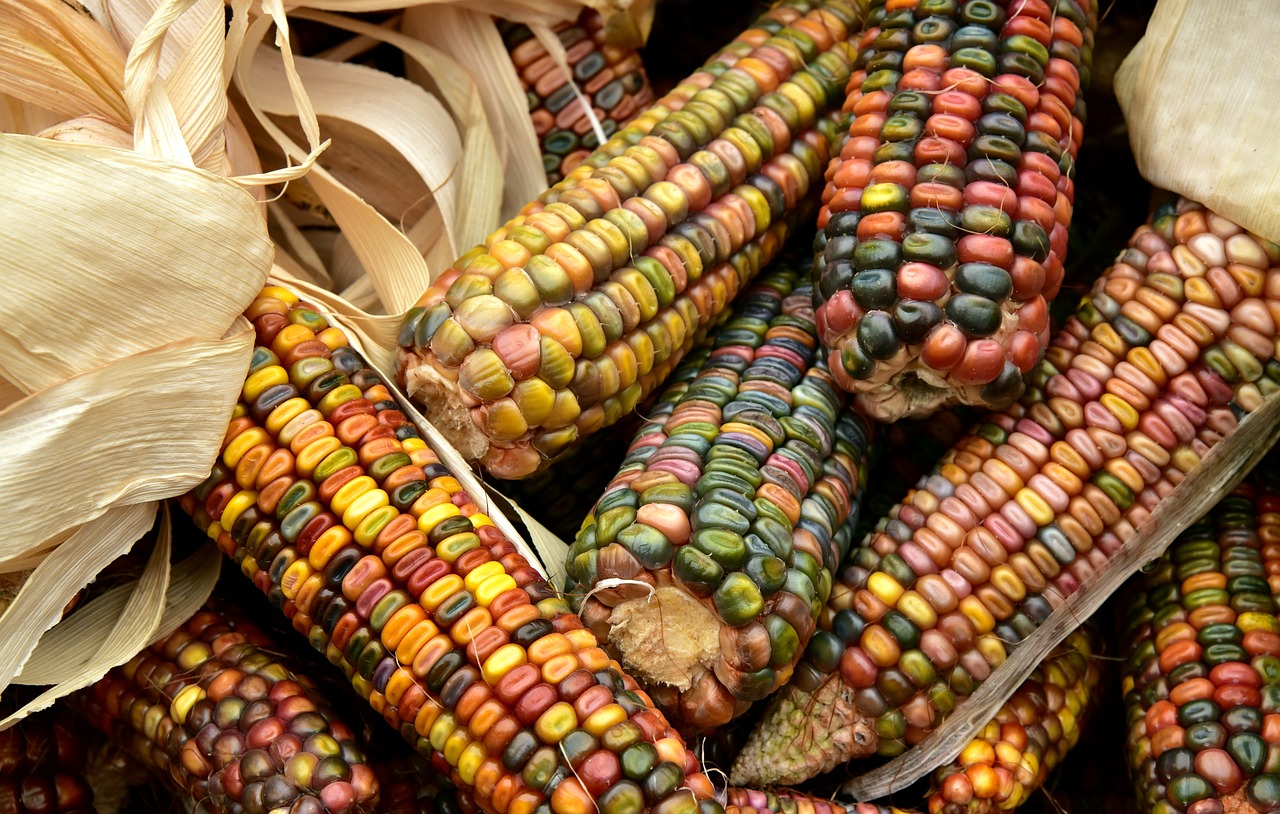
Students will observe the growth of Indian corn and popcorn seeds, observe similarities and differences between the two varieties, and discuss heredity.
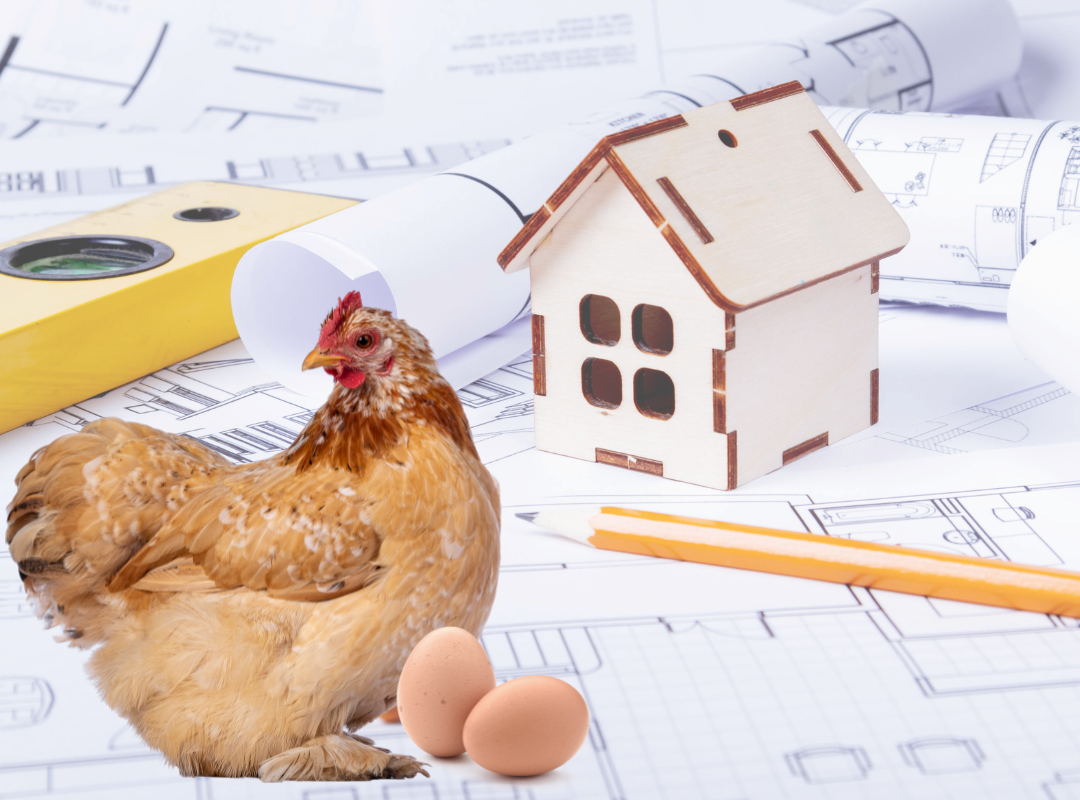
Students will use the Claim, Evidence, and Reasoning model to evaluate styles of housing used for hens that lay eggs. Using critical thinking skills, students will compare housing styles, determine which system meets their animal welfare standards, and engineer their own hen house model to meet the needs of laying hens. This lesson covers a socioscientific issue and aims to provide students with tools to evaluate science within the context of social and economic points of view.
Students identify the importance of plants to human life by surveying their home and neighborhood for plant products used for medicine, aesthetics, fuel products, fiber, and food.
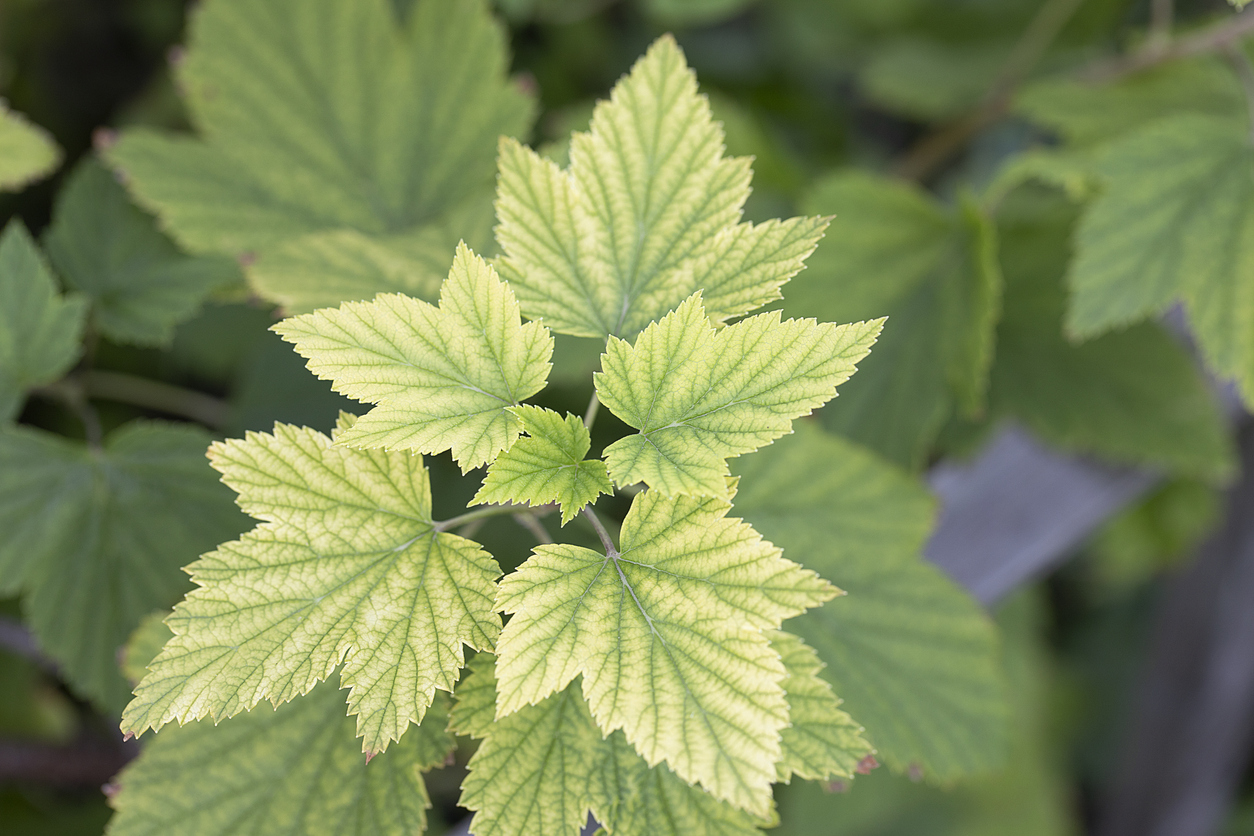
Students will recognize that plants, like people, require essential nutrients to be present in the right amounts in order to be healthy, use reference materials to diagnose plant nutrient deficiencies, define fertilizer as a type of “food” for plants, and appreciate that fertilizers are used to replenish nutrients in agricultural soils.
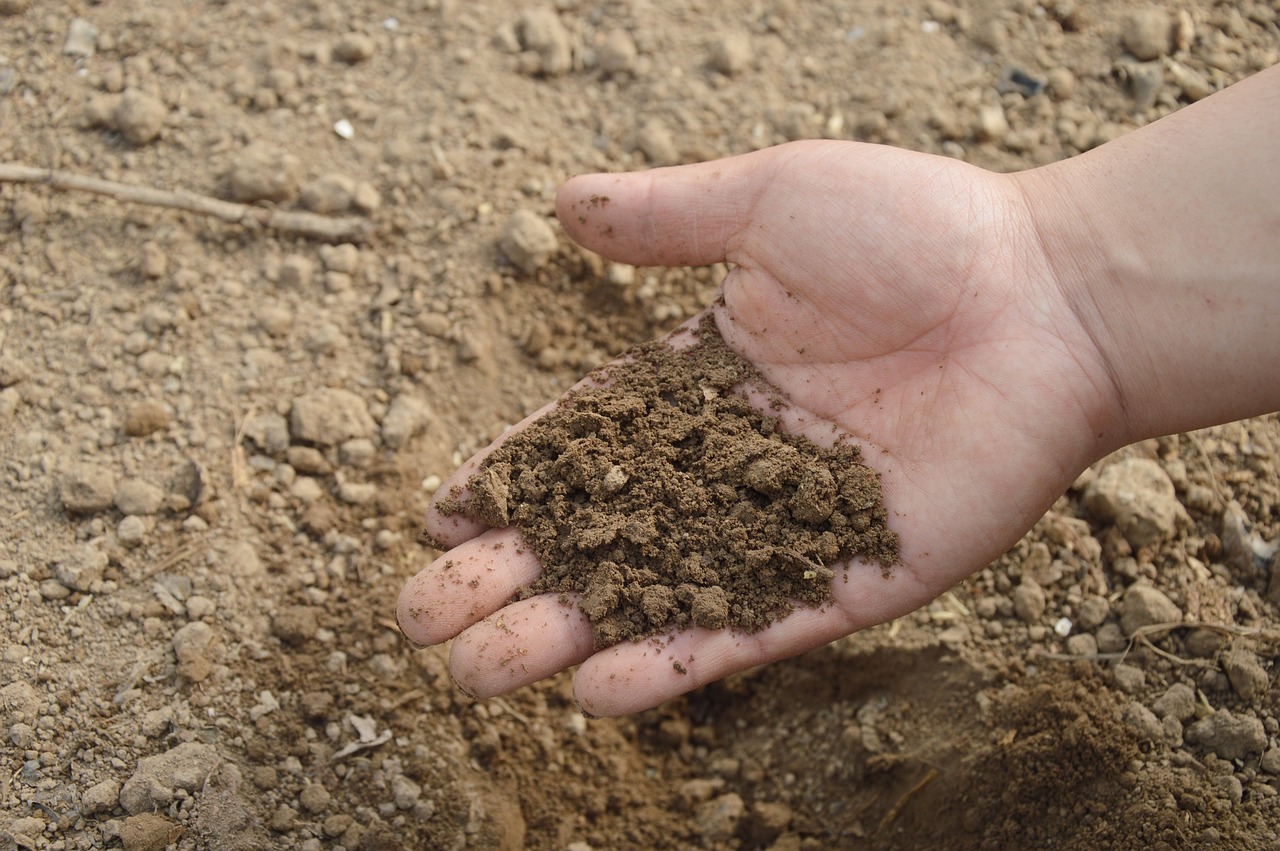
Students examine different types of soil that have been mixed with water and allowed to settle. Next, they work with a soil model to investigate its components (sand, silt, and clay) and learn how the properties of these components affect the passage or retention of water through the soil and the amount of air in the soil.

Students use the Claim, Evidence, and Reasoning model to evaluate styles of housing used for hens that lay eggs. Using critical thinking and scientific investigation skills, students will compare housing styles, determine which system meets their animal welfare standards, and engineer their own hen house model to meet the needs of laying hens. This lesson covers a socioscientific issue and aims to provide students with tools to evaluate science within the context of social and economic points of view.
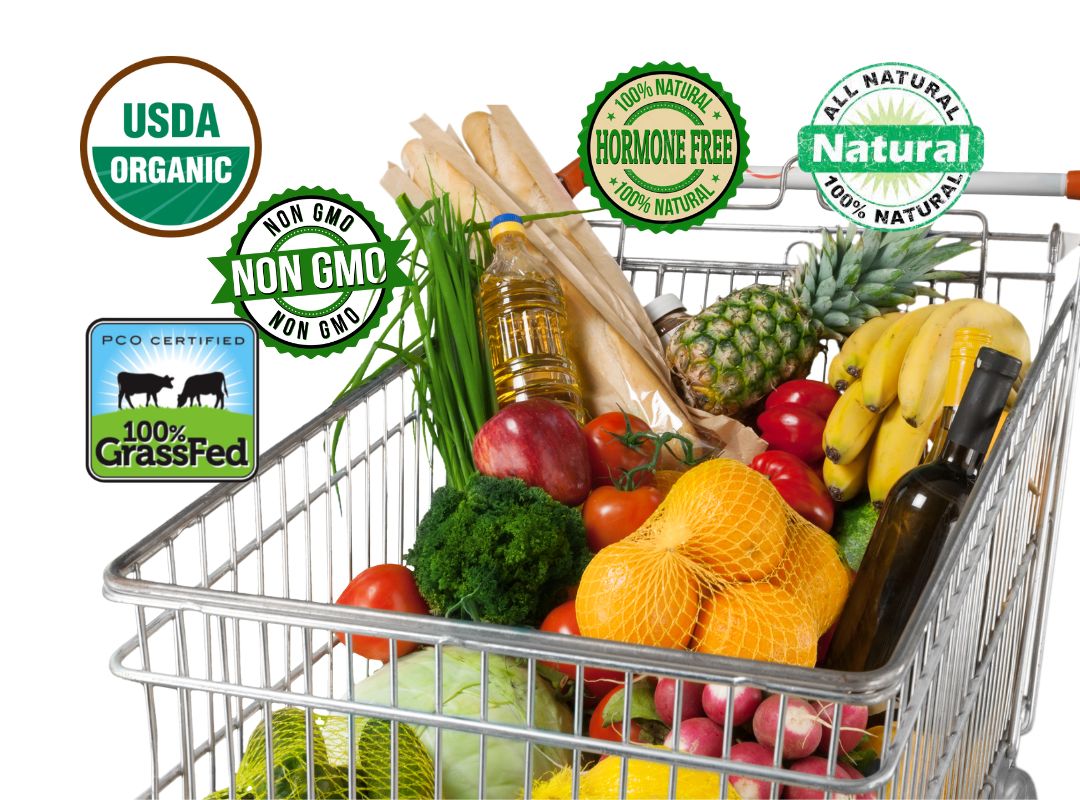
Students evaluate food package labels, determine their meaning, and use the Claim, Evidence, and Reasoning model to determine the value of the label in relation to food production practices, nutrition, health, and food safety. Students will engage in critical thinking to recognize the impact of food package labels in relation to marketing, consumer perceptions of food, and farming practices.
Students study the science of amino acids, proteins, enzymes, and beneficial bacteria to explore the phenomena, "Why does each variety of cheese taste different when the ingredients are the same?"
Students learn about DNA by extracting it from strawberries. Students also analyze the similarities and differences of their extraction process to those on Genetic Engineering: The Journey of a Gene. Students learn how genetic testing (including DNA extraction) is useful in breeding new varieties of strawberries.
This lesson introduces students to the relationships between chromosomes, genes, and DNA molecules. Using the example of a strawberry, it also provides activities that clearly show how changes in the DNA of an organism, either naturally or artificially, can cause changes.